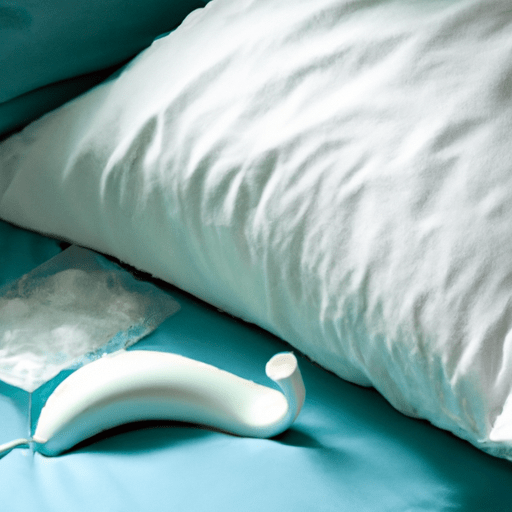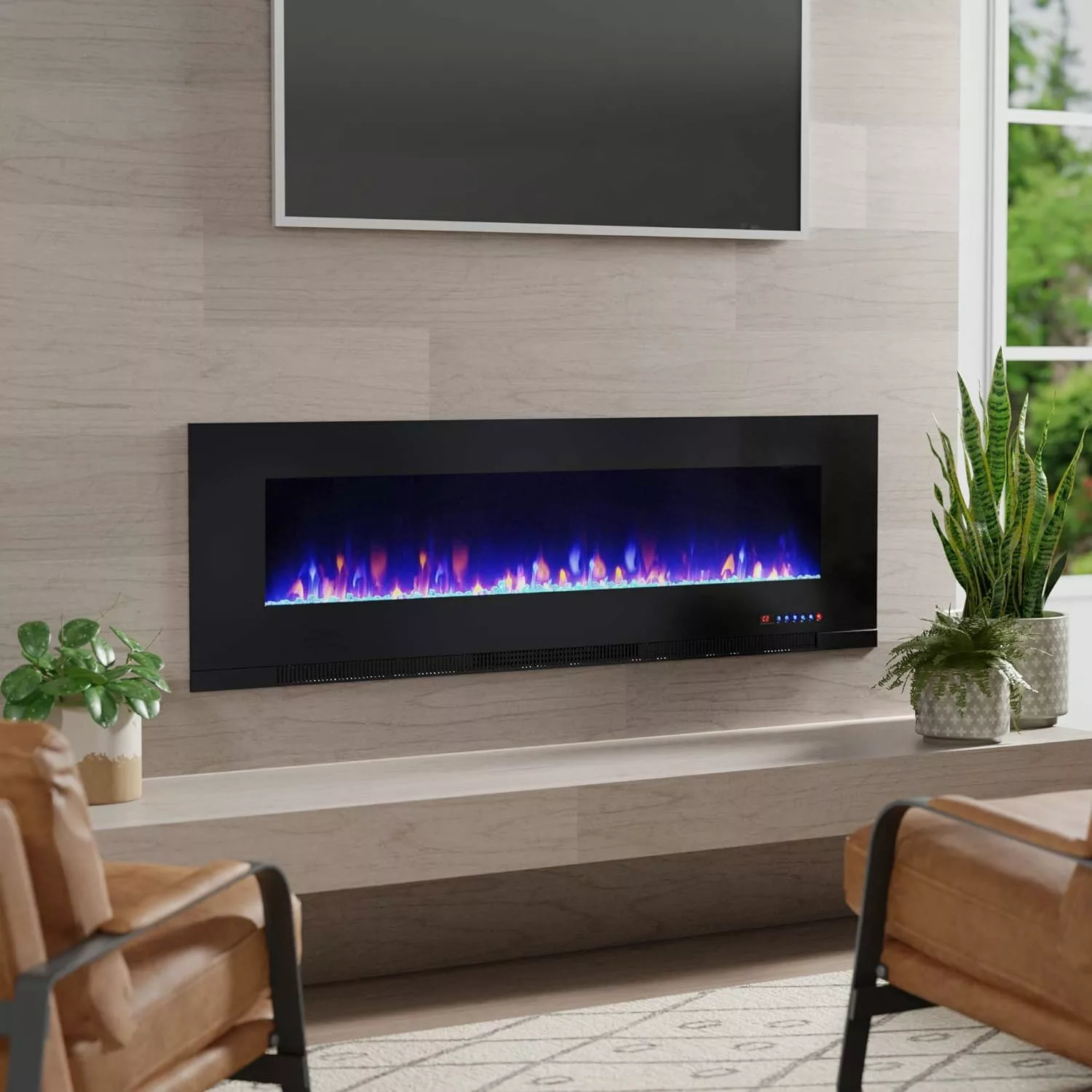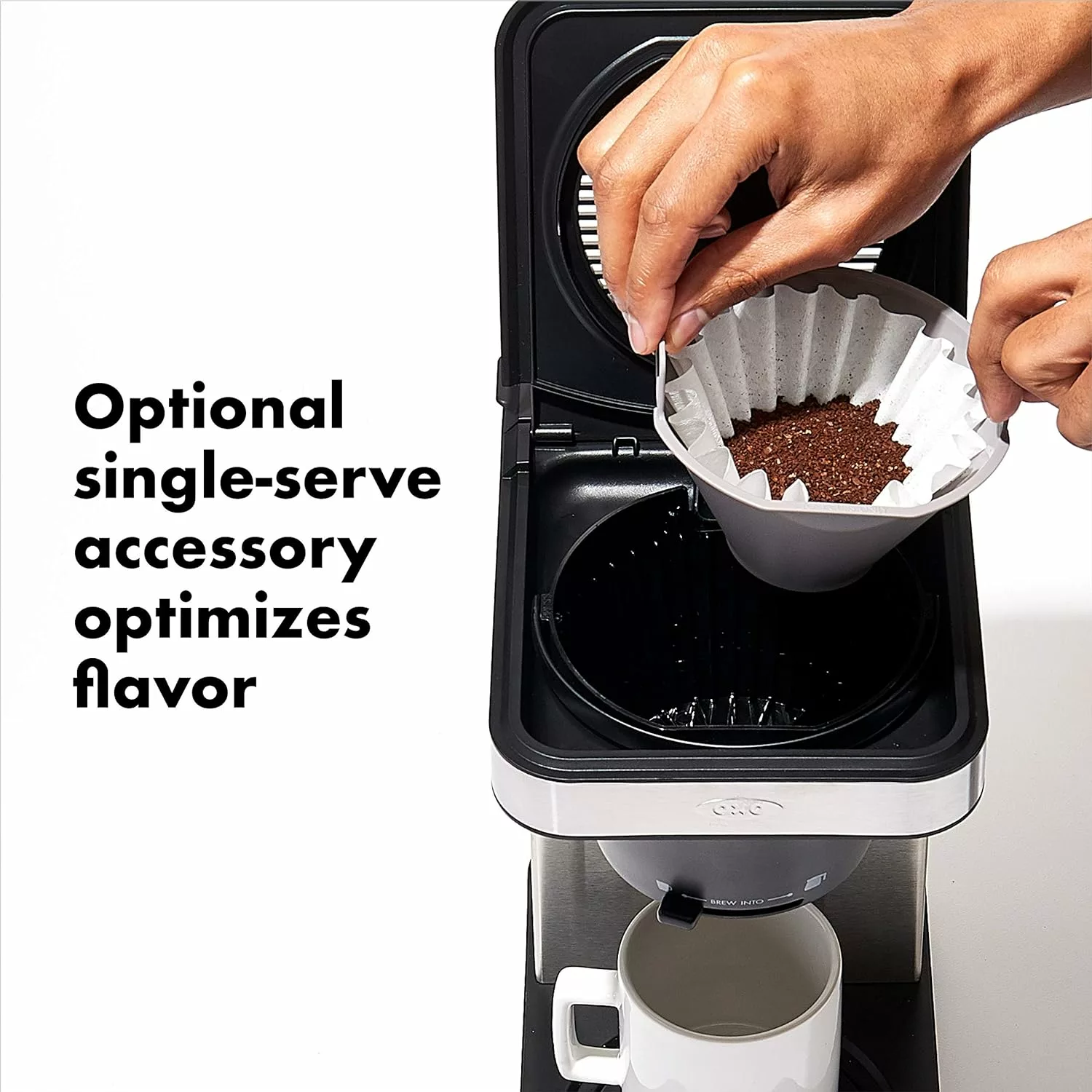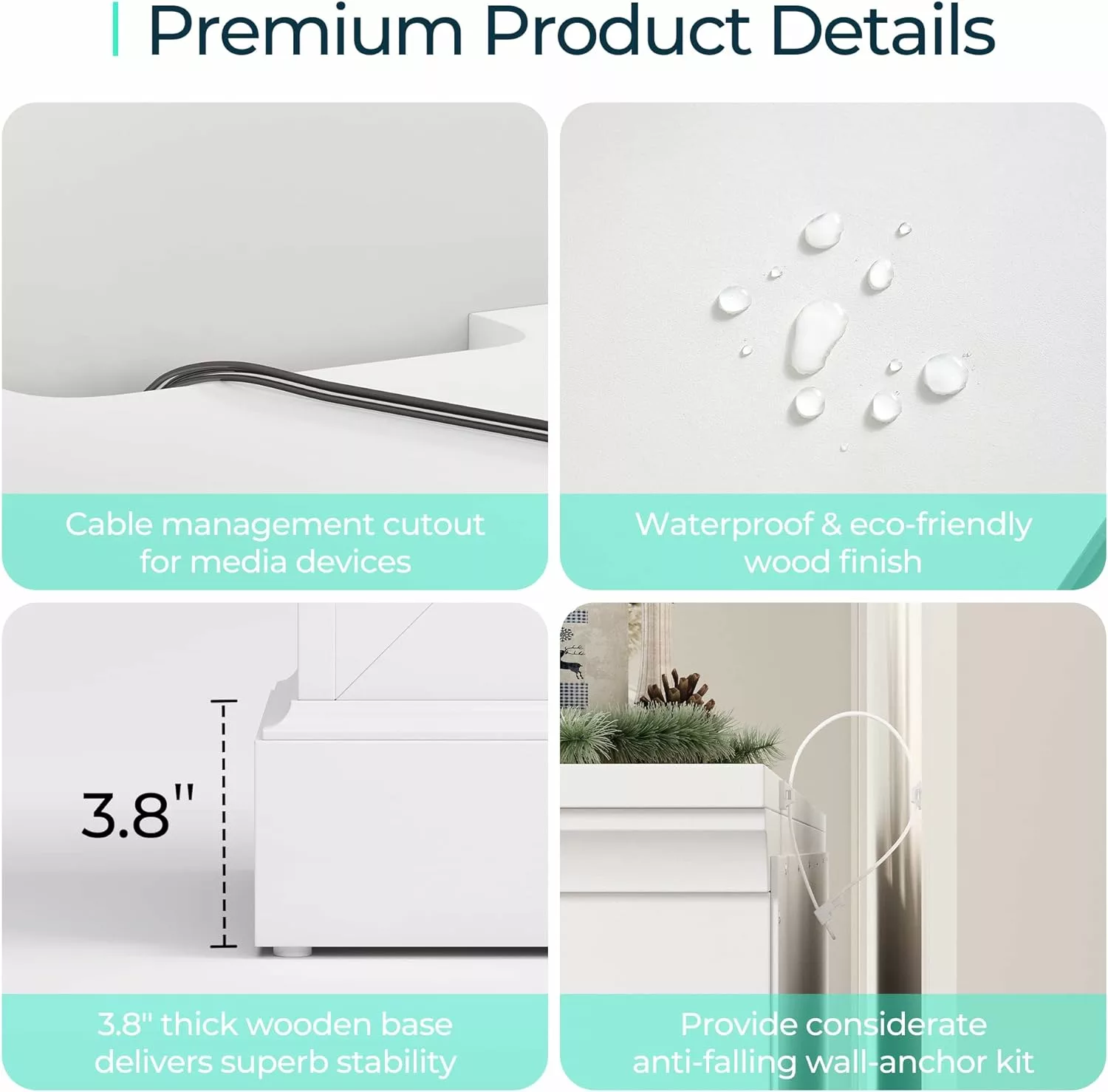If you’re a hot tub owner who’s been struggling with high bromine levels, you’re in luck! In this article, we will explore some effective and easy-to-implement ways that can help you decrease bromine levels in your hot tub. Whether you’re a first-time hot tub owner or a seasoned pro, these tips will surely come in handy to ensure your hot tub water remains pristine and balanced. So, if you’re ready to dive into a hassle-free hot tub experience, let’s get started!
Understanding Bromine Levels in Hot Tubs
Hot tubs are a wonderful addition to any backyard oasis, providing relaxation and rejuvenation. However, it is important to understand the significance of maintaining proper bromine levels in order to ensure a safe and enjoyable experience. This article will delve into the importance of maintaining appropriate bromine levels, the ideal range for hot tubs, and the various factors that can affect these levels.
1.1 Importance of Maintaining Proper Bromine Levels
Maintaining proper bromine levels in your hot tub is crucial for several reasons. Firstly, bromine acts as a sanitizer, killing harmful bacteria and preventing the growth of algae and other microorganisms. This helps to keep the water clean and safe for you and your loved ones to enjoy. Additionally, bromine helps to break down body oils, lotions, and other organic contaminants introduced into the water, ensuring that your hot tub remains fresh and hygienic.
Furthermore, consistent bromine levels are essential for effective disinfection. If the levels are too low, the water may not be adequately sanitized, putting you at risk of infections and waterborne diseases. On the other hand, excessively high bromine levels can cause skin and eye irritation, making your hot tub experience less enjoyable. Therefore, maintaining proper bromine levels is key to both the safety and enjoyment of your hot tub.
1.2 Ideal Bromine Level Range for Hot Tubs
The ideal range for bromine levels in hot tubs typically falls between 3 to 5 parts per million (ppm). This range provides optimal disinfection while minimizing the risk of skin and eye irritation. It is important to regularly test and monitor the bromine levels to ensure they remain within this range.
1.3 Factors Affecting Bromine Levels in Hot Tubs
Several factors can affect bromine levels in hot tubs. These include the number of users, frequency of use, temperature, pH levels, and the presence of contaminants. As more people use the hot tub, or if it is used more frequently, the bromine levels can decrease more rapidly. Higher temperatures also tend to accelerate the depletion of bromine, as the sanitizing properties become more active. Additionally, high pH levels can interfere with bromine effectiveness, making it necessary to regularly monitor and adjust pH levels to maintain the desired bromine levels. Lastly, the presence of contaminants, such as body oils, lotions, and debris, can consume bromine and contribute to its depletion.
2. Regular Testing and Monitoring
2.1 Importance of Regular Testing
Regular testing and monitoring of bromine levels in your hot tub is crucial to ensure that the water remains clean and safe. Testing allows you to keep track of bromine levels, and take necessary steps to adjust them if they fall outside the ideal range. By regularly testing the water, you can prevent potential health risks and effectively maintain your hot tub.
2.2 Testing Methods for Bromine Levels
There are various testing methods available to measure bromine levels in your hot tub. Test strips are a popular option as they are quick, convenient, and easy to use. Simply dip the test strip into the water and compare the color change to a reference chart to determine the bromine level. Test strips are available at most pool and spa supply stores.
Another option is liquid testing kits, which provide more precise results. These kits typically include a vial and a reagent solution. By following the instructions provided, you can obtain accurate bromine level readings. Liquid testing kits are ideal for those who prefer a more detailed analysis of their hot tub water.
2.3 Frequency of Testing
The frequency of testing your hot tub’s bromine levels depends on several factors such as the size of the tub, the number of users, and how frequently the hot tub is used. As a general guideline, it is recommended to test the bromine levels at least once a week. However, if your hot tub is heavily used, or if you notice any changes in water clarity or the presence of strong odors, it may be necessary to test the levels more frequently.
3. Adjusting pH Levels

This image is property of images.pexels.com.
3.1 Importance of pH Balance
Maintaining the proper pH balance is crucial for optimizing bromine effectiveness. The pH scale ranges from 0 to 14, with 7 being neutral. The ideal pH range for hot tubs is slightly acidic, between 7.2 and 7.6. If the pH is too high or too low, it can interfere with bromine’s ability to sanitize the water effectively.
3.2 pH Level Adjustment Methods
To adjust the pH levels of your hot tub, you can use pH increasers or pH decreasers. If the pH is too high, you will need to use a pH decreaser, such as sodium bisulfate or muriatic acid, to lower it. On the other hand, if the pH is too low, you will need to use a pH increaser, such as soda ash or baking soda, to raise it.
When adding chemicals to adjust the pH, it is important to follow the manufacturer’s instructions and add the chemicals slowly to avoid drastic fluctuations in the pH levels. Testing the water again after making adjustments will allow you to ensure that the pH levels are within the desired range.
3.3 Recommended pH Level Range for Controlling Bromine
As mentioned earlier, the recommended pH level range for controlling bromine in hot tubs is between 7.2 to 7.6. By maintaining the pH within this range, you can maximize the efficiency of bromine as a sanitizer and ensure that your hot tub remains clean and safe.
4. Shocking the Hot Tub
4.1 Role of Shocking in Bromine Reduction
Shocking your hot tub is an important maintenance step that helps to reduce the bromine levels, remove contaminants, and rejuvenate the water. Shocking involves adding a high dose of oxidizing chemicals that neutralize organic matter and break down residual bromamines, which can cause odors and skin irritation. This process helps to restore the bromine’s effectiveness and freshness, ensuring a clean and enjoyable hot tub experience.
4.2 Types of Shocking Agents
There are various types of shocking agents available for hot tubs, including chlorine-based shock, non-chlorine shock, and potassium monopersulfate shock. Chlorine-based shock is the most commonly used and has the added benefit of disinfecting the water. Non-chlorine shock, such as potassium monopersulfate, does not contain chlorine and is ideal for those who prefer to avoid its potential side effects.
4.3 Guidelines for Shocking a Hot Tub
Before shocking your hot tub, it is essential to read the instructions provided by the manufacturer. Generally, you will need to determine the appropriate dosage based on the volume of water in your hot tub and the specific product being used. It is important to distribute the shock evenly throughout the water by pouring it around the edges of the tub. After shocking, it is recommended to wait for the bromine levels to stabilize before using the hot tub.
5. Enhancing Filtration

This image is property of images.pexels.com.
5.1 Significance of Efficient Filtration
Proper filtration is essential for maintaining clean and clear hot tub water. The filtration system removes debris, contaminants, and particulate matter, preventing their accumulation and reducing the demand for bromine. When the water is effectively filtered, the bromine levels can be better maintained, leading to a healthier and more enjoyable hot tub experience.
5.2 Regular Cleaning and Maintenance
To enhance filtration, regular cleaning and maintenance of the hot tub filter are necessary. Depending on the type of filter your hot tub has – whether it is a cartridge, sand, or diatomaceous earth filter – you will need to follow the manufacturer’s instructions for cleaning and replacing the filter. In general, it is recommended to clean the filter at least once a month and replace it annually or as advised by the manufacturer.
Additionally, it is important to regularly remove debris, such as leaves and twigs, from the skimmer and the surface of the water. This prevents them from clogging the filter and ensures optimal filtration.
5.3 Upgrading Filtration System
If you find that your hot tub’s filtration system is not effectively keeping the water clean, you may consider upgrading to a more advanced system. There are various options available in the market, including high-capacity filters, ozonators, and UV sanitizers, all of which can enhance the filtration process and reduce the demand for bromine. Consult a hot tub expert or a reputable dealer to explore the best filtration options for your specific hot tub model.
6. Dilution with Fresh Water
6.1 Benefits of Dilution
Diluting the water in your hot tub with fresh water is an effective way to reduce bromine levels. Adding fresh water dilutes the concentration of bromine, helping to bring it within the desired range. Dilution also reduces the levels of other contaminants, such as body oils and lotions, which can contribute to bromine depletion and affect water quality.
6.2 Proper Procedure for Dilution
When diluting the water in your hot tub, it is important to follow the proper procedure to ensure optimal results. Start by draining a portion of the existing hot tub water, taking care not to drain more than recommended for your particular hot tub model. Next, refill the hot tub with fresh water until the desired level is reached. Once the hot tub is filled, retest the bromine levels and make any necessary adjustments.
6.3 Frequency and Quantity of Fresh Water Addition
The frequency and quantity of fresh water addition to your hot tub will depend on various factors, such as the size of your hot tub, the number of users, and the frequency of use. As a general guideline, it is recommended to replace a portion of the water every three to four months. However, if your hot tub is heavily used or if you notice an accumulation of contaminants, such as cloudy water or strong odors, it may be necessary to perform a partial water change more frequently.
7. Using Activated Carbon

This image is property of images.pexels.com.
7.1 Role of Activated Carbon in Bromine Removal
Activated carbon, a highly porous substance with immense absorptive qualities, can be used to remove bromine from hot tub water. It effectively adsorbs bromine, reducing its concentration and thereby bringing the levels within the desired range. Activated carbon also helps to eliminate other impurities, odors, and organic compounds, improving the overall water quality.
7.2 Methods of Applying Activated Carbon
To utilize activated carbon for bromine removal, you can either use activated carbon filters or add activated carbon granules directly to the hot tub water. Activated carbon filters can be installed in the hot tub circulation system, allowing the water to pass through the carbon and remove bromine and other impurities. Alternatively, activated carbon granules can be added to a filter sock or placed in a mesh bag and submerged in the hot tub water. The carbon should be periodically replaced or recharged according to the manufacturer’s instructions.
7.3 Precautions and Considerations
When using activated carbon, it is important to note that it can decrease the pH of the water. Therefore, it is crucial to regularly test and adjust the pH levels accordingly. Additionally, prolonged use of activated carbon can impact the overall water chemistry, so it should be used as a temporary solution rather than a long-term strategy. Consult a hot tub expert or a reputable dealer for guidance on the proper application and potential considerations.
8. Utilizing Natural Remedies
8.1 Alternative Approaches for Bromine Reduction
For those seeking natural or alternative methods to reduce bromine levels, several remedies can be effective. These remedies offer a more eco-friendly and potentially chemical-free approach to bromine control, promoting a healthier hot tub experience.
8.2 Vinegar or Ascorbic Acid Treatment
One natural remedy for reducing bromine levels involves using vinegar or ascorbic acid. Vinegar, commonly found in households, can be added to the hot tub water in small amounts to help neutralize the bromine. Ascorbic acid, also known as Vitamin C, can also be effective in reducing bromine levels. However, it is important to note that while natural remedies may provide some level of bromine reduction, they should be used with caution and should not be solely relied upon for maintaining proper bromine levels.
8.3 Other Natural Remedies to Consider
In addition to vinegar and ascorbic acid treatments, there are other natural remedies you may consider for bromine reduction. These include using baking soda to raise pH levels and diluting the water with fresh water. However, it is important to remember that natural remedies may not be as effective or precise as chemical treatments, and their impact may vary depending on the specific hot tub and water conditions. It is always advisable to consult a hot tub expert or a reputable dealer before solely relying on natural remedies as your primary method of bromine control.
9. Seeking Professional Assistance
9.1 When to Involve a Professional
While there are various DIY methods for decreasing bromine levels in your hot tub, there may be instances where involving a professional becomes necessary. If you find that the bromine levels cannot be effectively controlled using the methods discussed or if you are unsure about the appropriate course of action, it is advisable to seek professional assistance. Additionally, if you encounter any persistent issues or complications during the management of bromine levels, a hot tub expert will be able to provide guidance and ensure that your hot tub remains safe and properly maintained.
9.2 Benefits of Consulting a Hot Tub Expert
Consulting a hot tub expert offers numerous benefits when it comes to bromine control. These professionals have in-depth knowledge and experience in hot tub maintenance and water chemistry, enabling them to provide accurate and tailored advice. They can assess your specific hot tub and its unique requirements, and recommend the most appropriate methods and products for reducing bromine levels effectively and safely. Their expertise can help alleviate any confusion or concerns, allowing you to enjoy your hot tub with peace of mind.
9.3 Hiring a Qualified Service Technician
If you are unable to manage the bromine levels in your hot tub or if you prefer to entrust the maintenance to an expert, you can consider hiring a qualified service technician. These technicians specialize in the repair, maintenance, and troubleshooting of hot tubs. They possess the necessary skills and knowledge to assess your hot tub’s specific needs and provide professional assistance with reducing bromine levels. By entrusting your hot tub to a qualified service technician, you can ensure that it receives the care and attention it requires to maintain proper bromine levels.
10. Preventive Measures for Bromine Control
10.1 Steps to Prevent Bromine Build-up
Preventing bromine build-up is a proactive approach to maintaining proper bromine levels in your hot tub. Taking preventative measures can help reduce the need for excessive bromine adjustment and ensure a consistently clean and safe hot tub experience. Some steps you can take to prevent bromine build-up include showering before entering the hot tub to remove any oils and lotions, using hot tub covers when the tub is not in use to minimize contamination, and maintaining a regular cleaning and maintenance routine for filters and other components.
10.2 Regular Maintenance and Care
Regular maintenance and care are fundamental to bromine control in hot tubs. This includes performing routine inspections, following recommended cleaning and maintenance procedures, testing the water regularly, and addressing any water chemistry imbalances promptly. By staying diligent with maintenance and care, you can identify and address any potential issues before they become significant problems, ensuring a consistently clean and enjoyable hot tub.
10.3 Importance of Proper Water Chemistry
Proper water chemistry is the foundation of bromine control in hot tubs. Maintaining the appropriate balance of chemicals, including bromine and pH levels, is crucial to achieving and sustaining optimal water quality. Consistently monitoring and adjusting the water chemistry as needed, following manufacturer recommendations, and consulting a hot tub expert when necessary, will help ensure that your hot tub water remains clean, safe, and comfortable.
In conclusion, understanding bromine levels and implementing proper maintenance and control measures is essential for a safe and enjoyable hot tub experience. By regularly testing and monitoring bromine levels, adjusting pH levels, shocking the hot tub, enhancing filtration, diluting with fresh water, utilizing activated carbon, considering natural remedies, seeking professional assistance when needed, and taking preventative measures, you can effectively decrease bromine levels and maintain a clean and inviting hot tub for you and your loved ones to enjoy. Remember, a well-maintained hot tub not only provides relaxation and rejuvenation but also promotes health and well-being.




